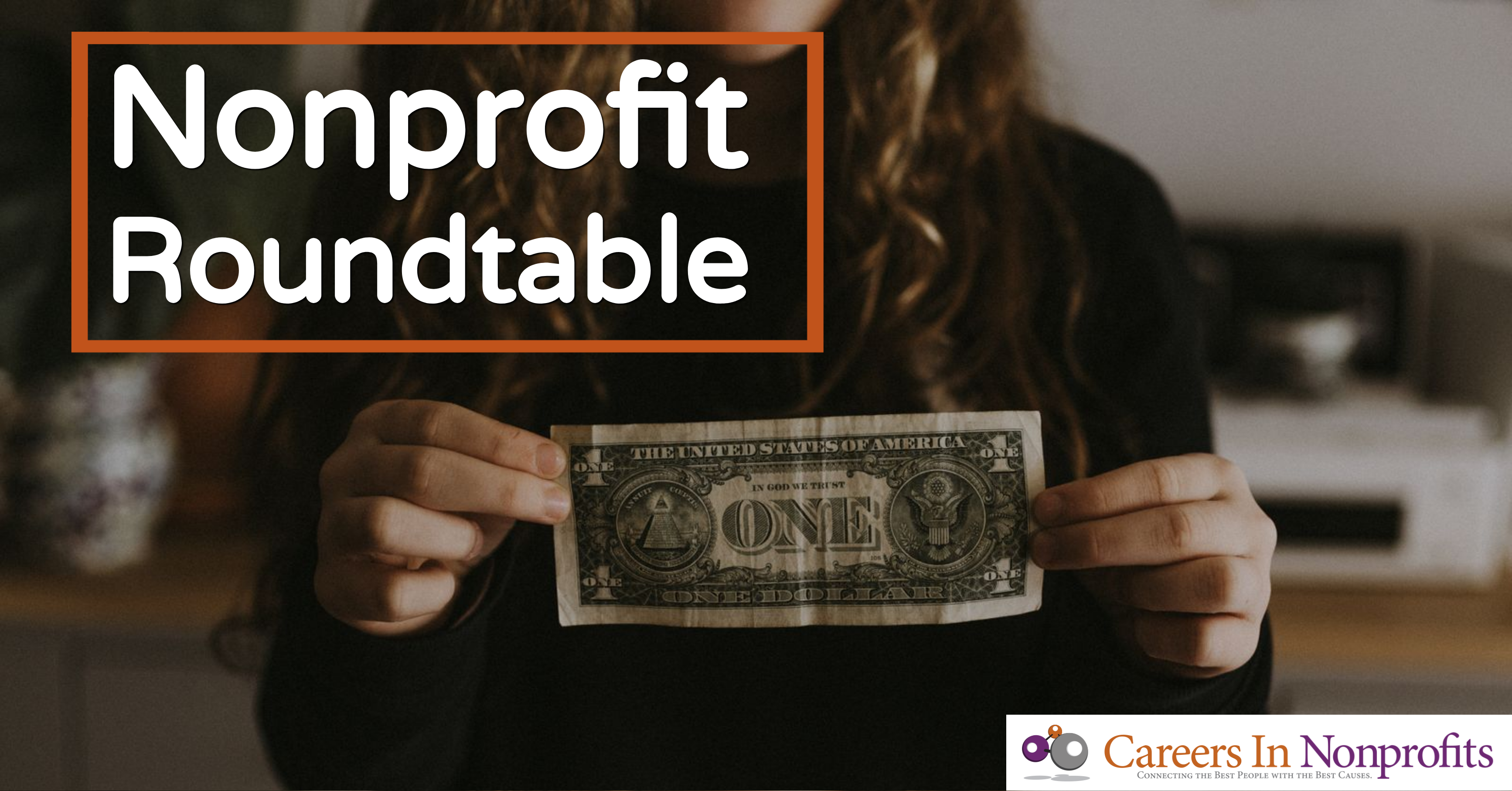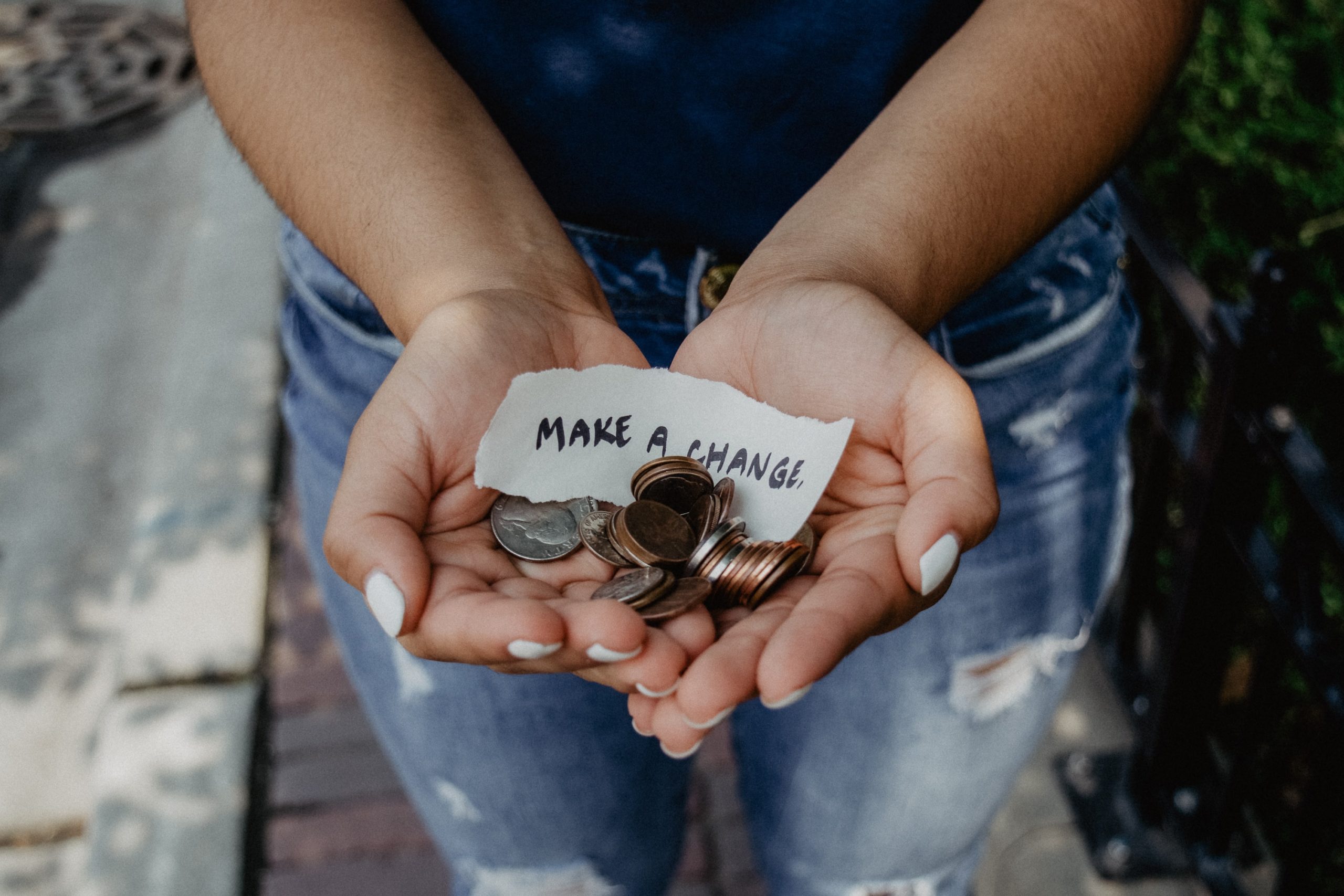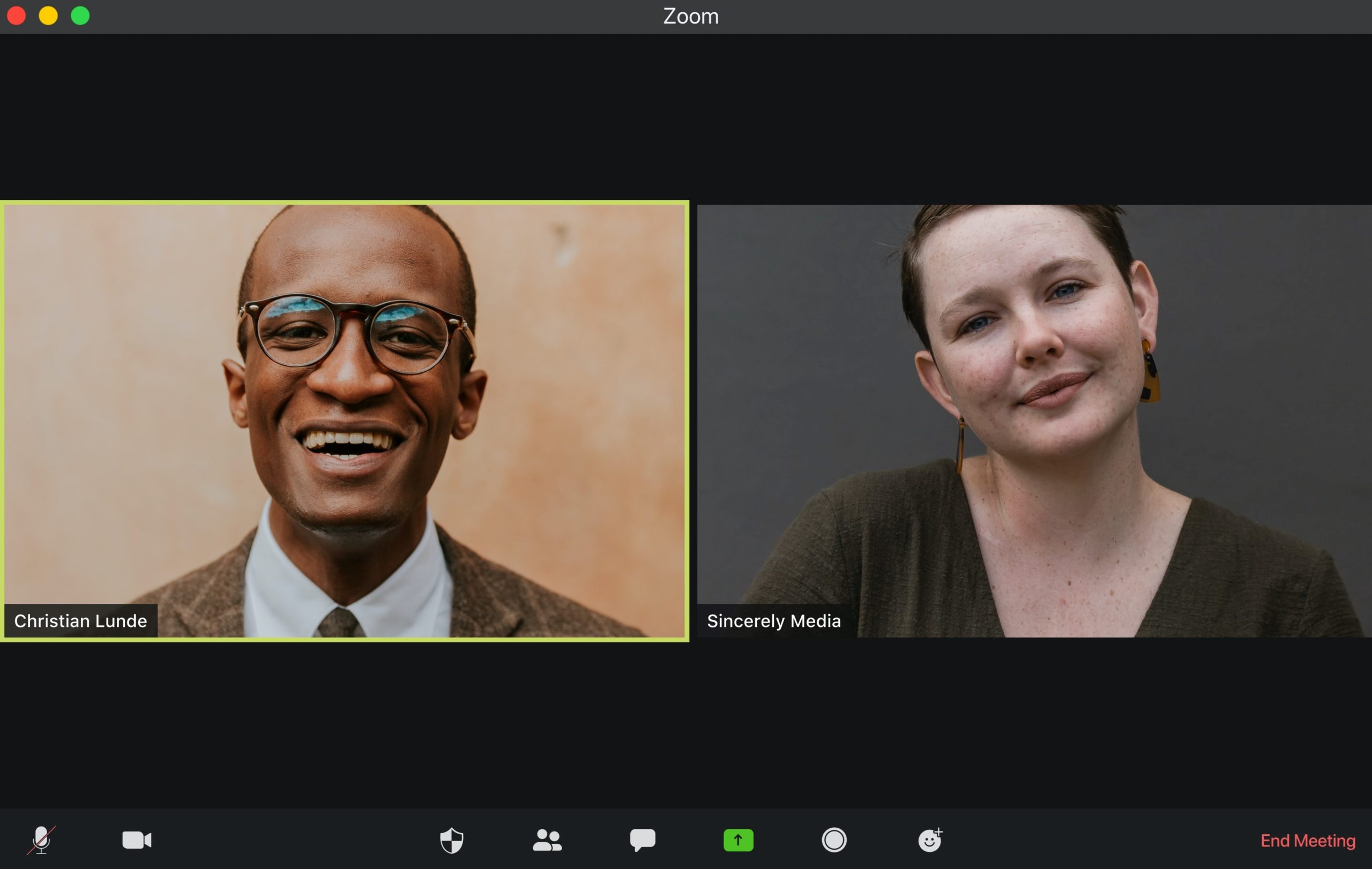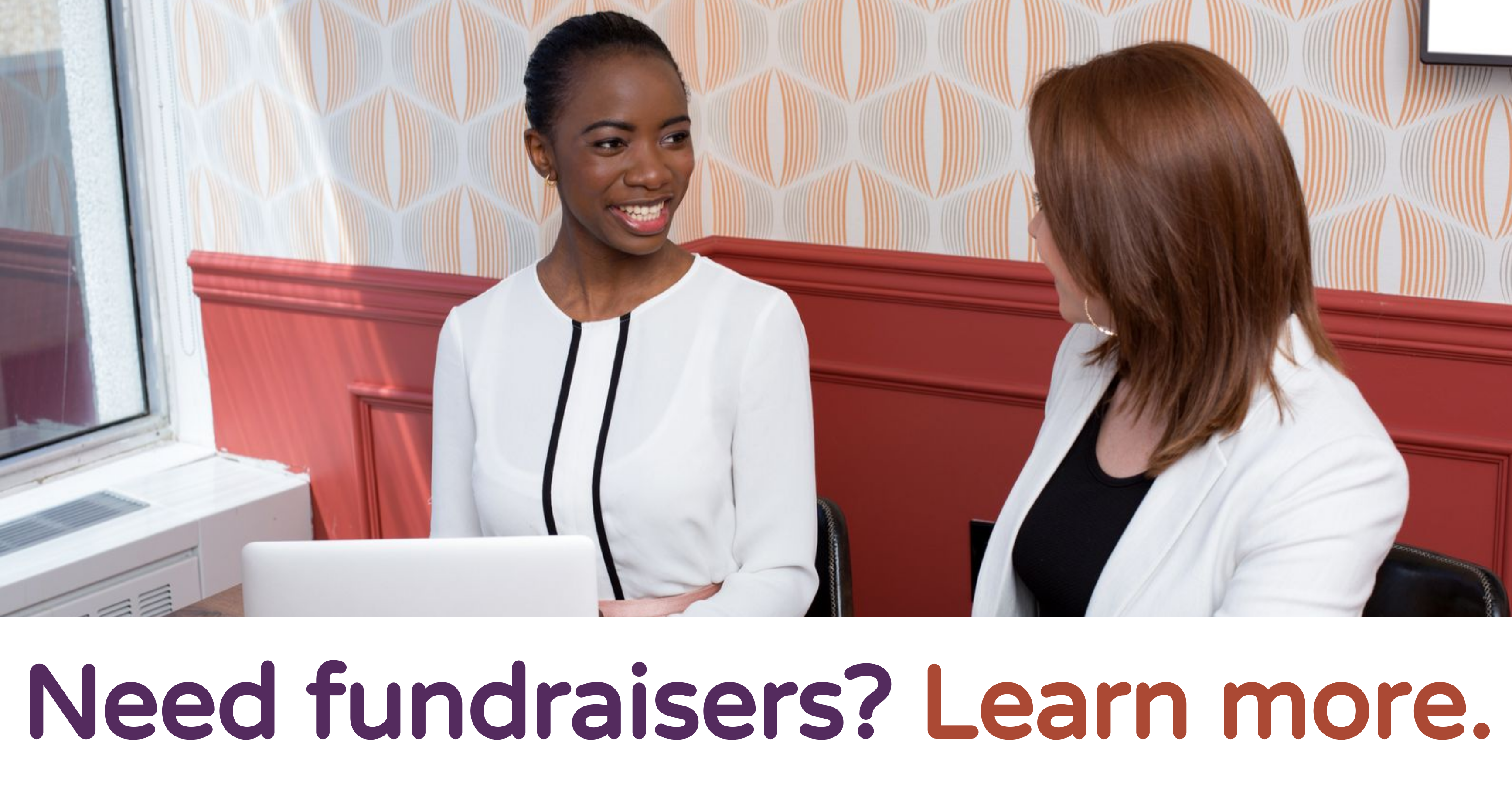
5 Experts Answer the Most Important Fundraising Questions for Nonprofits in 2021
From shrinking support staffs to daunting development demands, this year has been critical for fundraising departments across the nonprofit sector.
Heading into the New Year, we want to make sure your organization can hit the ground running, and learn from one of the most challenging and unique fundraising periods in recent memory.
With that said, we asked 5 fundraising experts who hit a home run during the Pandemic, how they did it, and what you can do to help your nonprofit raise money in 2021.
Brought to you by the #ILoveMyJob🧡 community
Featured Roundtable Panel:
🧡 Stacey Rago, Director of Development, InterAct of Michigan, Greater Michigan
🧡 Maribel Rodriguez, Development & Communications Director, Richmond Promise, Richmond, CA
🧡 Lori Malinski, Senior Manager of Development, Just the Beginning, Chicago
🧡 Rae Davidson, Director of Development, Martha’s Table, Washington DC
🧡 Mea Geizhals, Acting Director of Individual Giving, RESULTS, Washington DC
1. One underrated way to cultivate relationships when people aren’t meeting?
Stacey Rago: Texting is highly underrated as a method of relationship building, but more and more, it is a viable way to stay connected. It feels very personal and can offer snippets of information that, at minimum, keeps a donor informed, and at best, engages a donor in a conversation that deepens their bond with your organization’s mission. And don’t assume it’s not good for those over 70… my 82-year-old mother just texted me a ‘thumbs up’ custom bitmoji the other day. Try it out and see what happens!
Maribel Rodriguez: The best way to cultivate relationships during these times that in-person meetings have come to a halt is to keep our partners and community aware of our program’s accomplishments and activities through multiple communication platforms and to enhance our storytelling. Having a strong social media presence that highlights our work has proven to be an excellent way to stay in touch with our partners, strengthen existing relationships, and continue to expand our network of potential partners and champions.
The second strategy we have tried to practice as an organization is to stay connected through enhanced storytelling via newsletters, email, and professional platforms. Reaching out to share our End of Year Report and our Summer Associates program highlights by sharing the mic and our media with our students has led to expanded engagement and network and relationship cultivation.
Lori Malinksi: Picking up the phone! Especially now, most people are still working from home and might appreciate a quick touchpoint as a break from Zoom, e-learning, and the dog barking at the most inopportune times. It’s also a good time to get your Nonprofit Board to pitch in with phone calls.
Rae Davidson: Donors, especially at this time, want to know their gifts are making a real and immediate difference. If they can’t come to you, bring your work to them—virtually of course. It’s simple, but share pictures and videos from the front lines so they can see the impact of their giving in action.
Mea Geizhals: Handwritten and personal note cards thanking donors and checking in go a long way always – and particularly right now. Make your message genuine and heartfelt.

2. The best fundraisers in 2020… most likely did what successfully?
Stacey Rago: The best fundraisers in 2020 were transparent and kept the lines of communication open with their donors and prospects. Once major changes are anticipated resulting from unanticipated conditions (COVID-19, racial unrest, etc.), it’s crucial to start working the phones. People who care about your work need to know what challenges you face, what decisions you’re making, and what you need. That information will allow them to envision how their donation can make an impact.
Maribel Rodriguez: The COVID-19 pandemic has highlighted the value, ability, and agility of local grassroots organizations to respond and effectively meet our communities’ most pressing needs. The best fundraisers of 2020 were those that met the moment – pivoting and responding quickly and thoughtfully – raising funds through direct, personalized, and tangible asks to meet essential needs while messaging the long-term impact and vision for recovery and transformation beyond the pandemic. Our most successful fundraiser in 2020 did both of these things through our COVID-19 relief fund campaign. This was a grassroots fundraiser to address our scholars’ immediate needs as the COVID-19 pandemic hit and the stay-at-home orders were enacted. With this fundraiser, we supported our Scholars with emergency funding that helped many of them fly back home when their campuses shut down back in April. We also supported their immediate needs such as computer and wi-fi access, and small emergency grants to our Scholars for necessities like groceries and rent to provide some stability during these very unprecedented times.
These fundraisers were 100% digital. It demonstrated our scholars’ needs and highlighted our community’s ability to mobilize and support one another to ensure our Scholars’ immediate needs were met.
Lori Malinksi: In my prior job with a local social service agency, I was very connected to the community – businesses, schools, government, other nonprofits. From what I saw with those organizations, the most successful ones reached out to their constituents in creative ways. Several had donors reach out to them to organize some very interesting events and fundraising campaigns. The local housing program had a donor who did a walk in his backyard, there was media attention and they raised a significant amount of money. The only thing the nonprofit had to do was provide some brochures!
Rae Davidson: The best fundraisers made their organizations stand out. Donors of every size are being inundated with requests to give. These asks are coming from the nonprofit industry, of course, as it struggles to navigate the financial consequences of the pandemic, but they’re also coming from the political arena as the election looms near. How is your organization uniquely positioned to make a difference right now?
Mea Geizhals: Adapted to the shifting landscape, and maintained communication with donors. This is a time to try new things in the virtual world, and also to communicate your organization’s needs with your supporters. Donors will want to hear how COVID-19 has impacted your organization’s mission and what you need to be successful.

3. The most creative fundraising idea you’ve heard during the Pandemic?
Stacey Rago: I love how volunteerism has changed. Here are my 3 favorites: (1) asking a corporate supporter’s employees to host a virtual coffee time to chat with seniors facing COVID-related isolation, (2) finding sponsors to fund and run an online gaming tournament for high school students who need healthy ways to remain engaged, and (3) having a volunteer compile a cookbook of supporters’ favorite recipes and selling them as an online fundraising event.
Maribel Rodriguez: One of the most creative ideas I have heard of during the pandemic is online silent auctions. This seems to be a good strategy for organizations with a good platform for acquiring resources for the auction or connections to useful items. Auctioning off an individual zoom cooking lesson by a local celebrity has been the best auction item I have seen.
Another creative effort to highlight has been seeing how many non-profit organizations have pivoted their pre-planned in-person fundraisers like Galas, anniversaries, and dedications to online events. I am impressed by our community partners’ level of creativity in putting together successful virtual events.
Lori Malinski: I started my new job with Just the Beginning – A Pipeline Organization in mid-January. Our mission is to encourage students of color and from other underrepresented groups to pursue career and leadership opportunities in the legal profession. I was hired, in part, to diversify the funding base and expand our marketing. We’ve been working remotely since early March, so I took a lot of time researching any type of giving opportunities. When I discovered that Law Day is May 1st, I created an online giving campaign around it, kicked it off on that date and stretched it the entire month. JTB’s never done anything like that before and it was well-received.
Rae Davidson: My favorite fundraising ideas always come from donors themselves. One of our very generous—and very creative—supporters shaved his legendary beard to raise awareness and funds for our organization. Another hosted a virtual magic show. We all need these lighter moments right now.
Mea Geizhals: With all events moving online, we’ve had great success securing some of our top choice speakers who might not have been available to travel to give a keynote address, but are available to join live on Zoom.

4. How important is understanding donor data during a year like this?
Stacey Rago: Donor Data is ALWAYS important. The more you understand what a donor cares about, how they like to be contacted, what their pain points are, and what brings them joy, the better you are able to craft the best possible ask. Especially now, with the current pandemic and difficult state of the US economy, knowing everything you can about a donor helps you assess their potential health and economic risks, which can help guide you when broaching potentially sensitive subjects. And it will help you not put your foot in your mouth!
Maribel Rodriguez: While it is always essential to understand donor data well, it is imperative during times like this. Having a good grasp of donor information during a time of virtual interactions is the key to cultivating excellent and meaningful relationships rooted in community benefit. This is a time to connect and reconnect with mission and community supporters as most have the willingness and capacity to continue or begin their support. This is the time to invest in personalized and targeted outreach and messaging, which requires a clear understanding of who your donors are. As an organization in a growth trajectory, we have dedicated time and resources to do just that, as we believe, is a valuable investment area.
Lori Malinski: Very. At my last organization, I built the donor database and after 5 years, I knew just about everyone in it. Having giving histories and personal information on your donors is key, not only for fundraising but also for volunteer and board prospects. Right now, I’m trying to navigate how best to make SalesForce work for me.
Rae Davidson: Just about every organization has seen a significant shift in its donations—for better or for worse. It’s critical to look at who has stepped up during this crisis, increasing their gift size or frequency. What do they have in common? What motivated their giving? The answers should help shape the future of your fund development program.
Mea Geizhals: This situation is new for everyone and data can’t answer everything. Yet, the fundamentals of fundraising still apply. We can look at data from other downturns, find similarities and do our best.

5. One thing nonprofits should consider–for fundraising strategies in 2021?
Stacey Rago: Don’t write off anyone who was unable to support your organization in 2020. People are making difficult choices right now. Continue to connect with prospective or lapsed donors. However, one mistake I’ve seen organizations make is to not even ask for support based on the ASSUMPTION that people are unable to give during hard times. Those who are fortunate enough to have a job and sufficient resources really do want to help others. Not asking is a missed opportunity.
Maribel Rodriguez: We would suggest that other nonprofit organizations consider their fund-raising strategies to explore community-centered fundraising principles. For decades fundraising professionals have focused on a donor-centric practice that, although it can yield results, does not address long-term equity-rooted solutions. Thanks to Vu Le, author of Nonprofit AF and community partner organizations like Community Centric Fundraising, principles of equity of voice, inclusivity, collaboration, and support are beginning to be discussed in broader arenas the Philanthropy world is taking notice.
Another thing to consider for any nonprofit organization, small or big, is to pay close attention to grassroots hyper-local fundraising efforts. The COVID-19 pandemic has highlighted many inequities and gaps within our communities, but it has also presented communities’ opportunities to come together. We have seen a tremendous increase in the number of individuals willing to volunteer, their time, expertise, and resources to benefit our communities. These efforts have made a difference in our program delivery. Investing in activating local communities can lead to long-term, long-lasting results.
Lori Malinski: I think we’ve learned that you can spend a lot of time on the best annual fundraising plan, and then a pandemic can come along to upend you! Moving forward, I think should be a mix of Plan A, what you’d normally do, and Plan B, creative alternatives for the foreseeable future. We should be cautious of over-using virtual platforms – people are already showing signs of burnout. We’ve learned how important it is to have clear communication with our constituents, and we should strategically plan on more of that.
Rae Davidson: Focus on the highest value activities. We are all stretched for time, it’s all-hands-on-deck, and our fundraising targets are growing. Now is the time to evaluate what is working and what isn’t. If a fundraising program isn’t having the ROI it should, let it go. We all have a golden opportunity to innovate and do things differently.
Mea Geizhals: I think an important lesson from 2020 is where staff time is most valuable and which fundraising strategies have the biggest payoff. When planning for 2021, I would consider what you are doing differently now that you should continue, and what needs to be changed, and when it is safe to do so.



